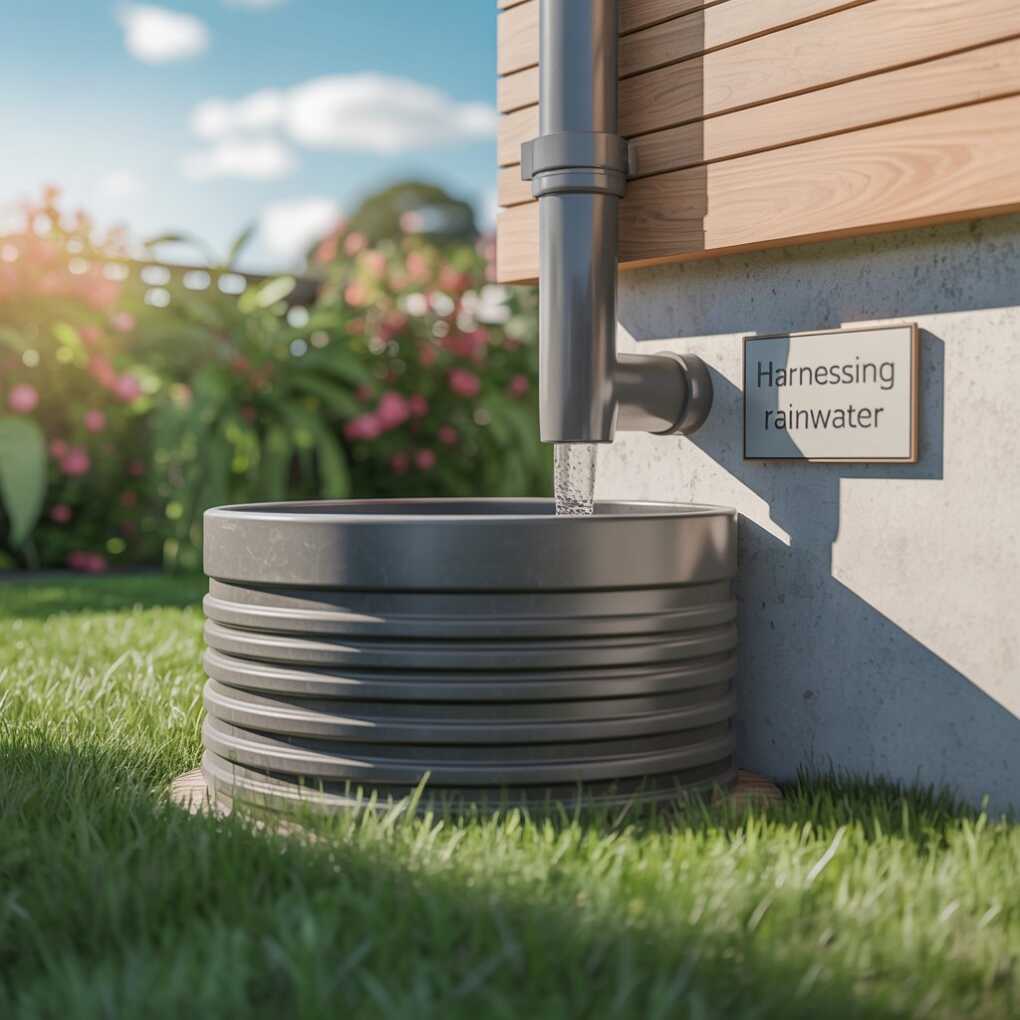Stormwater management is a significant challenge for urban areas across the globe. The increase in impervious surfaces due to urbanisation has led to more frequent and severe flooding, overwhelming sewer systems and leading to water pollution. However, innovative solutions such as the infiltration tank systems are making waves in sustainable urban development by effectively mitigating these issues. This article explores the concept of infiltration tanks and their myriad advantages for stormwater management.

Understanding Infiltration Tanks
An infiltration tank system is a subsurface structure that facilitates the percolation of stormwater back into the ground, closely mimicking the natural water cycle. By storing excess stormwater and gradually releasing it into the soil, these systems not only reduce the risk of flooding but also replenish groundwater resources. Unlike traditional stormwater infrastructure, which often channels rainwater directly into waterways, infiltration tanks are designed to integrate seamlessly with the surrounding environment.
The Importance of Effective Stormwater Management
Managing stormwater is crucial for preserving the balance of local ecosystems and preventing the contamination of natural water resources. Excessive runoff during heavy rainfall can carry pollutants from urban areas such as oils, pesticides, and heavy metals into rivers and oceans, causing environmental harm. It can also result in costly damage to infrastructure and properties.
Benefits of Infiltration Tank Systems
The adoption of an infiltration tank system brings several distinct advantages that make it a superior choice for stormwater management in both urban and residential settings.
1. Flood Mitigation
The primary benefit of installing an infiltration tank is flood prevention. By capturing and temporarily holding stormwater, these systems alleviate pressure on drainage systems, thereby reducing the likelihood of overflow and subsequent flooding. This is particularly valuable in areas prone to intense and sudden downpours.
2. Recharging Groundwater
Groundwater depletion is a growing concern, especially in regions facing water scarcity. Infiltration tanks allow rainwater to gradually soak into the ground, which supports the natural replenishment of aquifers. This process is essential for maintaining a sustainable water supply for agriculture, industry, and personal use.
3. Reducing Erosion and Sedimentation
Stormwater runoff is a major cause of soil erosion and sedimentation in water bodies, which can destroy habitats and increase the cost of water treatment. Infiltration tanks help to minimise these effects by controlling the flow and velocity of stormwater.
4. Lowering Infrastructure Costs
Implementing an infiltration tank system can also translate to savings in infrastructure costs. Municipalities can reduce their dependency on extensive storm sewer networks, which are expensive to construct and maintain. Infiltration tanks require less space and can be integrated into urban planning more efficiently than traditional systems.
5. Water Quality Improvement
By allowing stormwater to percolate through the soil, infiltration tanks act as natural filters, reducing the levels of pollutants that would otherwise reach watercourses. This process enhances the quality of both surface and groundwater, benefiting the entire ecosystem.
6. Adaptable and Scalable Solutions
Another advantage of infiltration tank systems is their adaptability. They can be tailored to suit various site conditions and scaled to accommodate different volumes of stormwater. This flexibility makes them an ideal choice for diverse applications, from small residential projects to large-scale commercial developments.
Installation and Maintenance Considerations
Although the advantages of infiltration tanks are significant, careful consideration must be given to their installation and maintenance. Site assessments are necessary to ensure that soil conditions are suitable for infiltration. Poorly drained soils or areas with high groundwater tables may not be applicable for these systems.
Maintenance requirements for infiltration tanks are typically moderate. Regular inspections and cleanouts are necessary to ensure that the systems function properly. Debris and sediment can accumulate over time, which could impede the infiltration process if not addressed.
Conclusion
In an era where climate change and urbanisation present ongoing challenges for effective water management, the role of structures like infiltration tanks becomes increasingly vital. They offer a host of environmental, economic, and social benefits that traditional stormwater management solutions cannot match. As communities continue to seek sustainable and resilient infrastructure, the importance of adopting such systems will only grow.
Stormwater management professionals and urban planners are recognising the critical role that infiltration systems play in contemporary landscape architecture. The recognition of the need for green infrastructure that supports the environment rather than detracting from it is a welcome evolution in urban design.
By embracing the concept of an infiltration tank system, stakeholders can address the urgent need for efficient stormwater management while also contributing to a more sustainable and liveable future for our urban centres.
